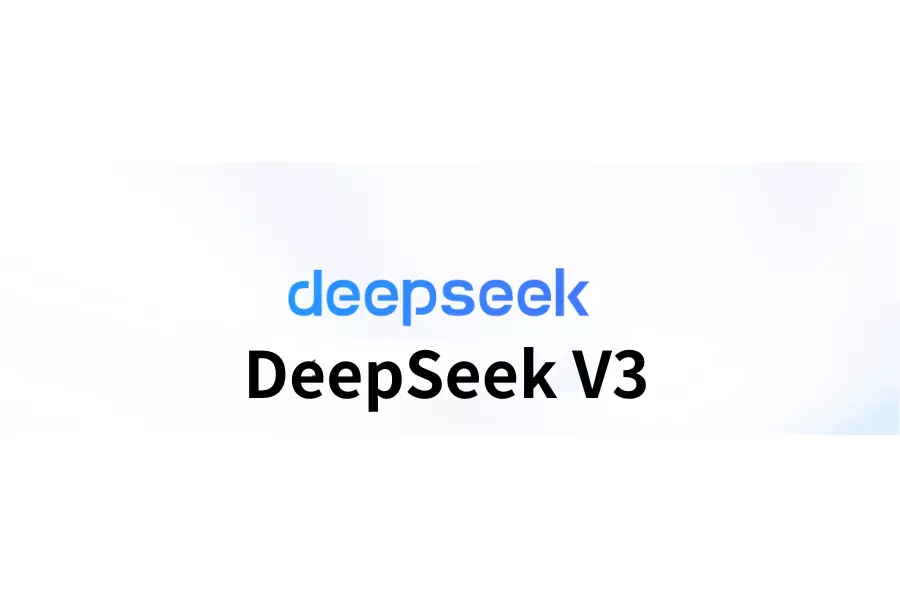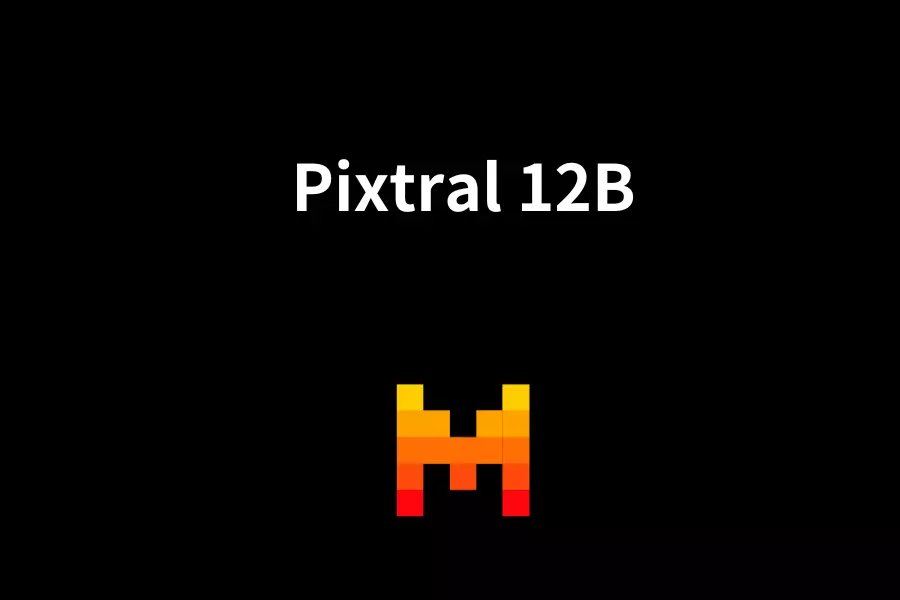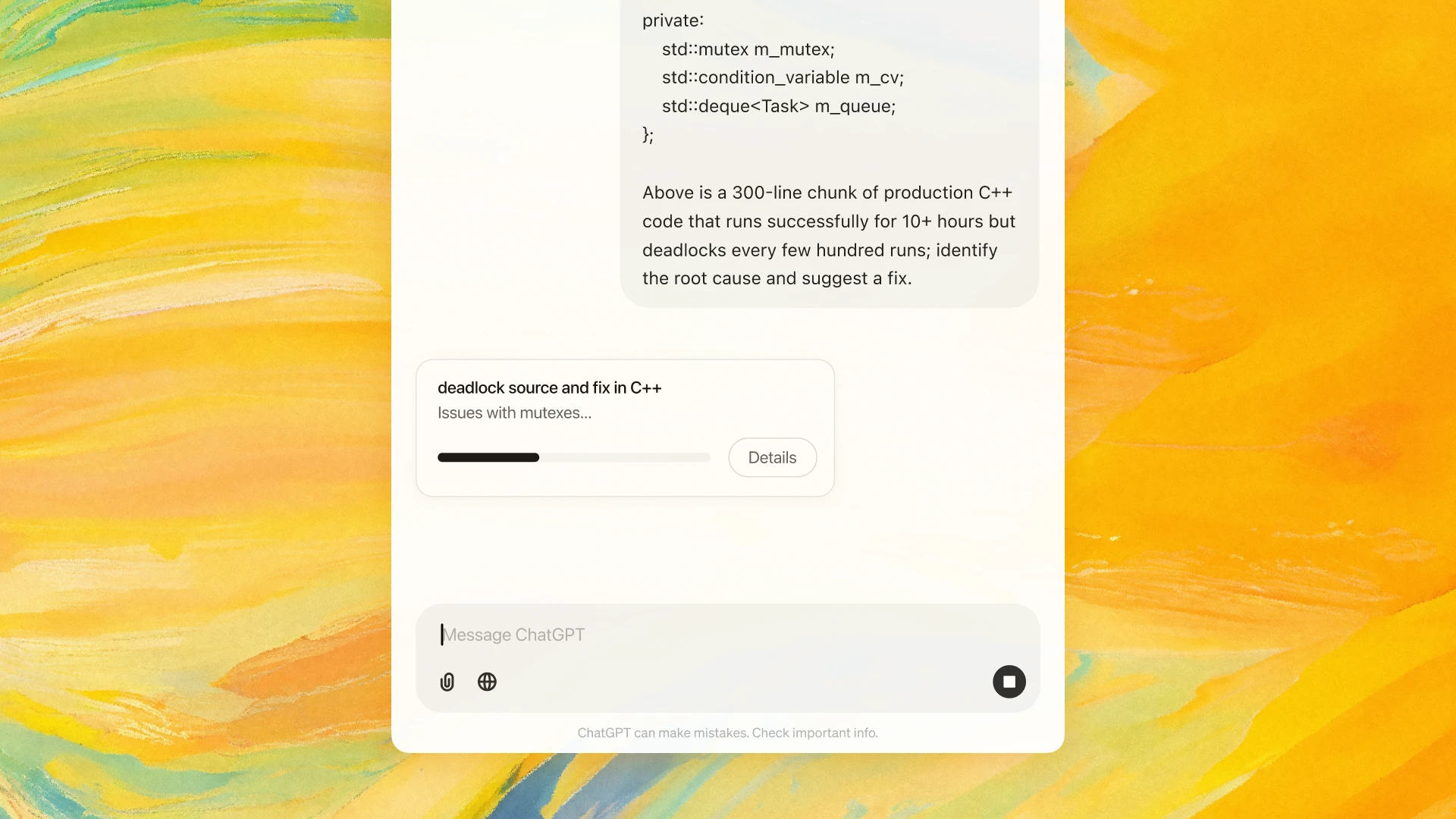Llama 3.1 vs GPT-4o vs Claude 3.5: The Ultimate Battle of AI Language Models
Description
With the rapid development of AI technology, top language models like Llama 3.1, GPT-4o, and Claude 3.5 are showcasing incredible capabilities. This article delves into the features, architectures, and applications of these three models, providing readers with a comprehensive comparison and analysis.
Content
Llama 3.1: Pioneer of Open Source Innovation
Llama 3.1, developed by Meta (formerly Facebook), is an open-source AI model representing a major breakthrough for the open AI community. Its most notable feature is extending the context length to 128K, enabling it to handle longer and more complex text inputs for more comprehensive understanding and generation capabilities.
Technical Features
- Utilizes a standard decoder-only transformer architecture optimized for scalability and stability.
- Improves performance in various tasks through an iterative post-training procedure.
- Supports 8 languages, demonstrating excellent multilingual processing capabilities.
Application Advantages
- Capable of handling complex tasks like synthetic data generation and model distillation, a first in the open-source AI field.
- Its openness allows developers to customize and deploy the model freely without worrying about data sharing restrictions.
Ecosystem
Meta collaborates with major cloud service providers like AWS, NVIDIA, and Google Cloud to ensure Llama 3.1 can be used and integrated on multiple platforms. This openness fosters innovation, allowing developers to customize the model according to specific needs.
For more information on Llama 3.1, visit the Meta AI official blog: https://ai.meta.com/blog/meta-llama-3-1/
GPT-4o: The Perfect Fusion of Versatility and Depth
GPT-4o, a variant of the GPT-4 model developed by OpenAI, aims to balance versatility and depth in language understanding and generation. This model can generate coherent and accurate text in various applications, from creative writing to technical documentation.
Architectural Features
- Inherits the advantages of the GPT series models, pretrained on large-scale, diverse datasets.
- Fine-tuned for specific tasks, enhancing its adaptability and performance.
- Performs excellently in various benchmark tests and practical applications, proving its robustness and reliability as a general-purpose language model.
- Capable of understanding subtle language differences and easily adapting to different contextual environments.
Practical Applications
- Integrated with various tools and APIs, enhancing functionality in practical applications.
- Provides high-precision and high-efficiency support in fields such as customer support, content creation, and complex problem-solving.
OpenAI’s official website provides more details about GPT-4o: https://openai.com/index/hello-gpt-4o/
Claude 3.5: Pinnacle of Speed and Accuracy
Claude 3.5, developed by Anthropic, is the latest generation AI model designed to raise the standards of intelligence, with a particular emphasis on speed and accuracy. The Claude 3.5 Sonnet model surpasses previous generations and competitors in multiple key areas, including graduate-level reasoning, programming capabilities, and handling complex instructions.
- Runs at twice the speed of its predecessor, Claude 3 Opus, suitable for tasks requiring quick responses.
- Excels in visual reasoning, effectively handling tasks involving charts and graph interpretation.
Security and Privacy
- Anthropic focuses on enhancing Claude 3.5’s security and privacy protection.
- Equipped with robust security mechanisms, rigorously tested and reviewed by external experts.
Application Scenarios
- Suitable for scenarios requiring quick and accurate responses, such as context-sensitive customer support and multi-step workflows.
- More reliable in critical applications, reducing the risk of misuse.
For more information about Claude 3.5, visit Anthropic’s news release page: https://www.anthropic.com/news/claude-3-5-sonnet
Comprehensive Comparison
When comparing Llama 3.1, GPT-4o, and Claude 3.5, we can see that each model has its unique strengths and applicable scenarios:
-
Llama 3.1: As an open-source model, it is best suited for developers needing high customization and transparency. Its strong community support makes it a flexible and versatile AI solution.
-
GPT-4o: Offers balanced performance in creative and technical fields, making it a versatile model. Its adaptability and depth make it widely applicable in various scenarios.
-
Claude 3.5: With speed and accuracy as its main advantages, it is particularly suitable for customer service and operational scenarios requiring quick and accurate responses.
The choice of which model to use ultimately depends on the user’s specific needs and usage environment. Each model brings unique contributions to the field of AI, driving this rapidly evolving field forward.
Conclusion
Llama 3.1, GPT-4o, and Claude 3.5 represent the highest level of current AI language models. They each demonstrate excellent performance in openness, comprehensiveness, and efficiency. With continuous technological advancements, we can expect these models to bring more exciting applications and breakthroughs in the future. Users interested in exploring and integrating these models are advised to achieve the best results and continuous support through reliable platforms and partnerships.








